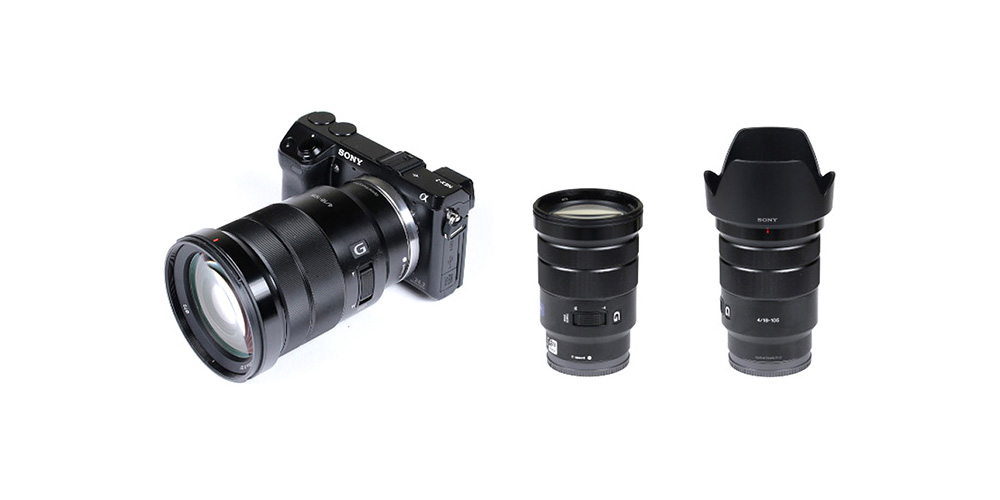
In recent years Sony managed to make a big comeback thanks to their highly successful full-format mirrorless system. Unfortunately they neglected their traditional APS-C user base due to the ramp up efforts on the full format side. Their native APS-C mount lens lineup is slim to say the least and it also doesn’t really shine with many high quality options either. You can, of course, use Sony’s full format lenses on APS-C cameras but the price tags are correspondingly high and this doesn’t really help when it comes to standard zoom lenses. There’s one Sony standard zoom lens that we hadn’t tested to date – the Sony E 18-105mm f/4 G OSS. It is primarily marketed towards movie makers so we were a bit reluctant to have a closer look. However, recently the lens gained quite some popularity so …
The build quality of this affordable lens is surprisingly high. The lens body is made of metal based on a metal mount and not only that – it does not extend during focus/zoom actions which is pretty much unique considering the very long zoom range (equivalent to “28-162mm”). Size-wise it’s not a small lens but the package still reasonable compact relative to its range and the constant max aperture of f/4.
One of the special features of the Sony E 18-105mm f/4 G OSS is the zoom mechanism. Regardless of whether you are using the dedicated zoom lever or the zoom ring – you are actually driving a zoom motor. Smooth, silent zooming makes sense when taking movies but it’s just fine for still photography as well. Manual focusing also works “by-wire”. Some may not like the slight lag between turning the zoom/focus ring and the actual focus operation but we didn’t have an issue with this. As the name implies, the lens features an optical stabilizer (OSS). We haven’t found any official statement about its efficiency but we’d rate it somewhere between 2-3 f-stops. The AF speed depends heavily on the used camera but even with our old NEX-7 test camera, it felt quite snappy.
| Specifications | |
|---|---|
| Equiv. focal length | “28-162mmmm” (full format equivalent) |
| Equiv. aperture | “f/6.2” (full format equivalent in terms of depth-of-field) |
| Optical construction | 16 elements in 12 groups inc 3x aspherical and 2x ED element |
| Number of aperture blades | 7 (circular) |
| min. focus distance | 0.45-0.95m (1:9) |
| Dimensions (L x W) | 78x110mm |
| Weight | 427g |
| Filter size | 72mm |
| Hood | petal shaped, supplied |
| Other features | motorized zoom mechanism, image stabilizer, zoom lever |
Distortion
Let’s start with the deep dark chapter first. Those who have followed the stories around this lens know it already – images are getting distorted like hell. Now this isn’t quite true for the 18mm setting though. A pincushion (!) distortion of 1.4% isn’t so bad really. However, beyond 18mm we are entering a surreal world. Pincushion distortions in excess of 6% were something new for us as well. It’s hard to imagine why Sony considered this to be acceptable.

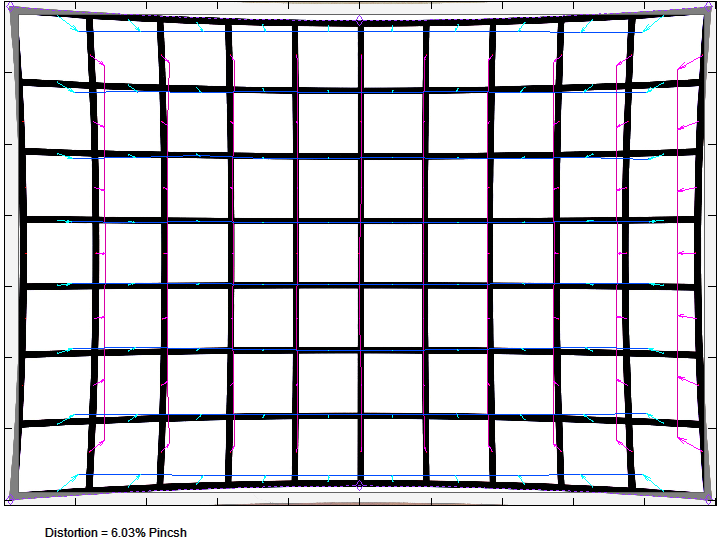
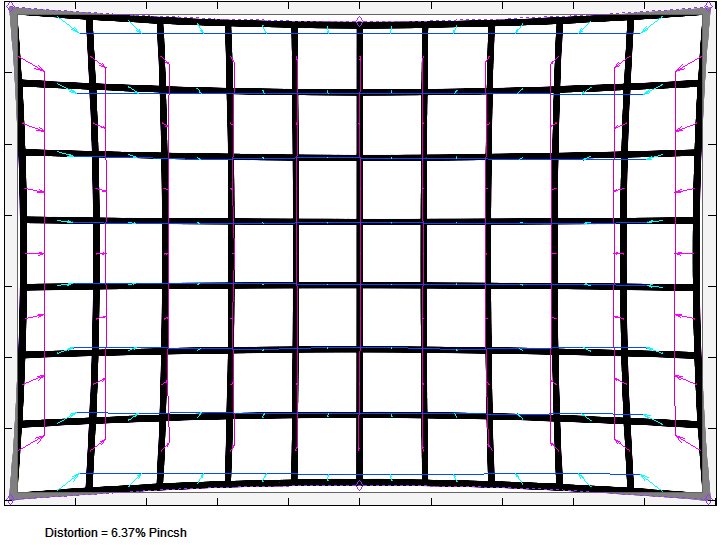

Now there’s another way to phrase the situation – the lens just isn’t meant to be used as is but you have to activate image auto-correction. This comes at cost of image quality but that’s just how it is. Funnily the native pincushion distortion turns into a very mild barrel distortion between 18-70mm – albeit that’s nothing to worry about really.

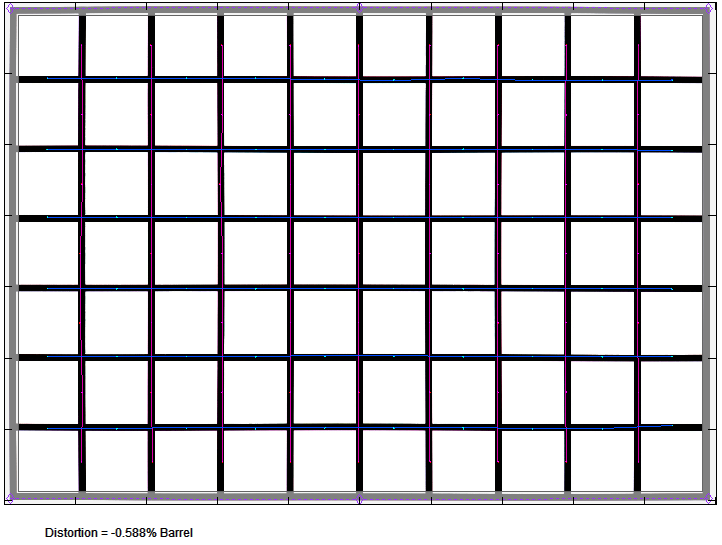
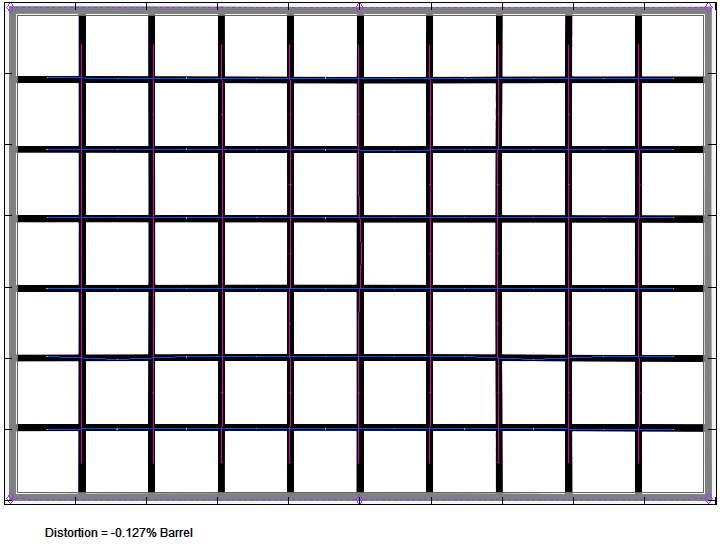

Vignetting
The native vignetting characteristic of the Sony E 18-105mm f/4 G OSS is about average for a lens in this class. Thus you have to live with rather heavy vignetting at wide-open aperture especially at the extremes of the zoom range. Stopping down to f/5.6 helps a bit but it’s best to go for f/8 here. However, some vignetting remains at the 18mm even at f/8 and beyond.

We can, of course, enable vignetting compensation again in the camera or during post-processing. This solves most of the issue albeit at cost of higher image noise in the image corners. Traces of vignetting may still be visible at 18mm f/4 and at 105mm f/4.

MTF (resolution)
In one of our previous reviews we covered the Zeiss 16-70mm f/4 OSS – which was a massive disappointment – so it’s interesting whether a Sony G lens can fix that. It can … at least partially. The quality in the image center is exceedingly high between f/4 and f/8 and that’s throughout the zoom range. The borders are a different story but at least to some degree that’s normal on a 24 megapixel APS-C sensor (just to give you an idea – if we assume a full format sensor with the same pixel density, we’d talk about no less than 56 megapixels). At 18mm the borders are generally good whereas the image corners are soft at f/4 but catch up from f/5.6 onward. The 35mm setting is the sweet spot of the lens with borders/corners hovering around the good to very good mark. At 70mm we can spot a quality decrease in the image corners but they recover towards f/8. The weakest setting is at 105mm. The corners are soft at f/4 and the borders don’t impress either here. Stopping down improves the borders to decent levels but the corners remain less than thrilling.
The centering quality of the tested sample was Ok (slightly softer results on the right image side). The field curvature is low.
Please note that the MTF results are not directly comparable across the different systems!
Below is a simplified summary of the formal findings. The chart shows line widths per picture height (LW/PH) which can be taken as a measure for sharpness. If you want to know more about the MTF50 figures you may check out the corresponding Imatest Explanations

Chromatic Aberrations (CAs)
Lateral CAs (color shadows at harsh contrast transitions) are quite pronounced at the extreme ends of the zoom range where they exceed an average pixel width of 2px at the image borders. The image corners are worse still here. The results are much better in the middle range.

Bokeh
Sony prides themselves of having designed a lens with a very smooth bokeh (out-of-focus blur). We agree that the general blur in the focus transition zones is rendered nicely which is unusual for a standard zoom lens.

That being said – out-of-focus highlights show some outlining and the inner disc is fairly busy – an effect that is getting emphasized when stopping down.

Sample Images
The Sony E 18-105mm f/4 G OSS may not be the most stellar performer around but it is the go-to standard zoom lens for Sony APS-C mirrorless cameras. The resolution characteristic varies a bit but it is actually good where it counts. Thus you can achieve pretty sharp results across the image field at 18mm - when stopping down a little - and at 35mm. At the long end the image corners are soft but then how often do you require sharp corners at this setting ? Most of the time your image subject will be in or close to the image center and the lens is darn sharp there. Lateral CAs are noticeable at 18mm and 105mm. The vignetting characteristic is about average so it's nothing to write home about at f/4 but it's Ok when stopping down. Far from being average are the very odd image distortions. In terms of distortion spread (max-min), the lens is actually not that extreme (5%) but in absolute terms the pincushion distortions are unacceptable in the 35-105mm range really. The message behind all this is that you should enable image auto-correction either in the camera or in your favorite RAW converter. This comes at cost of image quality but the end result is much more pleasing. The quality of the bokeh is better than usual - especially in terms of general blur - but out-of-focus highlights can be a little rough.
A positive aspect of the lens is build quality. Sony managed to design a constant physical length despite the very broad zoom range. That's quite an achievement actually. The metal finish as well as the smooth focus & zoom rings contribute to the high quality perception. Weather sealing is not part of the feature list though. The Sony E 18-105mm f/4 G OSS is optimized for movies meaning that the zoom mechanism is motorized. The zoom and also focus rings are therefore driving internal motors. However, we haven't found any real issue during our still photography sessions although the slightly delayed zoom action may be something to get used to in the beginning. The pretty fast & silent AF and the optical image stabilizer complete the good impressions.
The broad zoom range is highly useful for applications such as travel photography. It's also a natural mate to the Sony E 10-18mm f/4 OSS. And unlike Sony's full format lenses, the Sony E 18-105mm f/4 G OSS is also surprisingly affordable (600US$/500EUR). So all in all we haven't seen greatness in this lens but it is an attractive package nonetheless.
-
Optical Quality
-
Build Quality
-
Price / Performance

